7 Ways to Avoid Poisonous Plants When Hiking and Camping
Though being outdoors is generally a pleasant and refreshing experience, you may find yourself in the terrible situation where you or your hiking buddies get involved with a poisonous plant.
One of the biggest problems is identifying the plants that need avoiding; sometimes they’re hard to identify and more often people have no idea what the plants look like making it hard to avoid the likes of poison ivy.
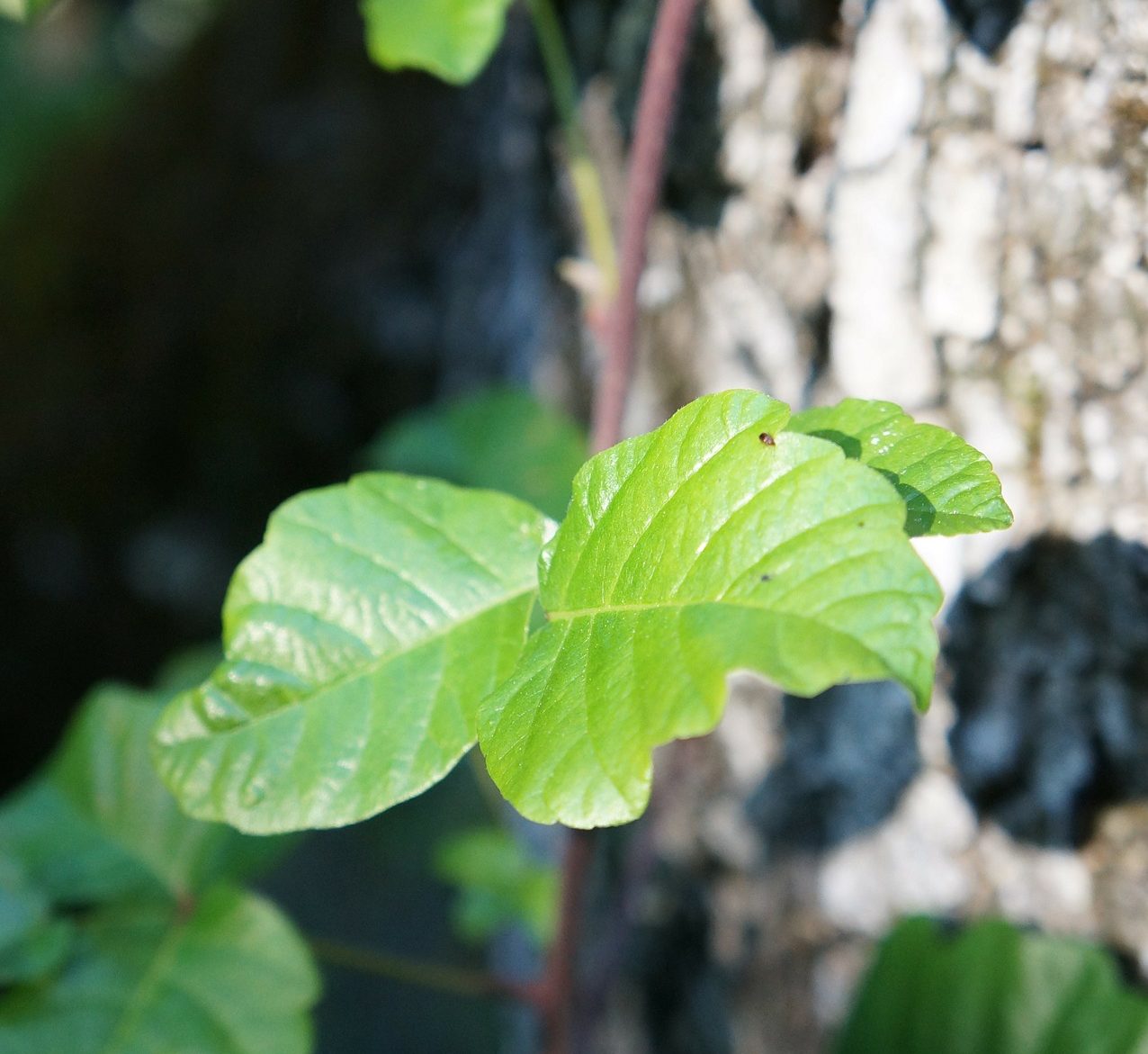
The two most dangerous plants that you should be aware of are poison ivy and poison oak, which are poisonous from the roots to the berries, and that’s why you should avoid any contact with them.

So, here are some tips to help you avoid the pain and enjoy your adventures without fear.
1. Know the plants
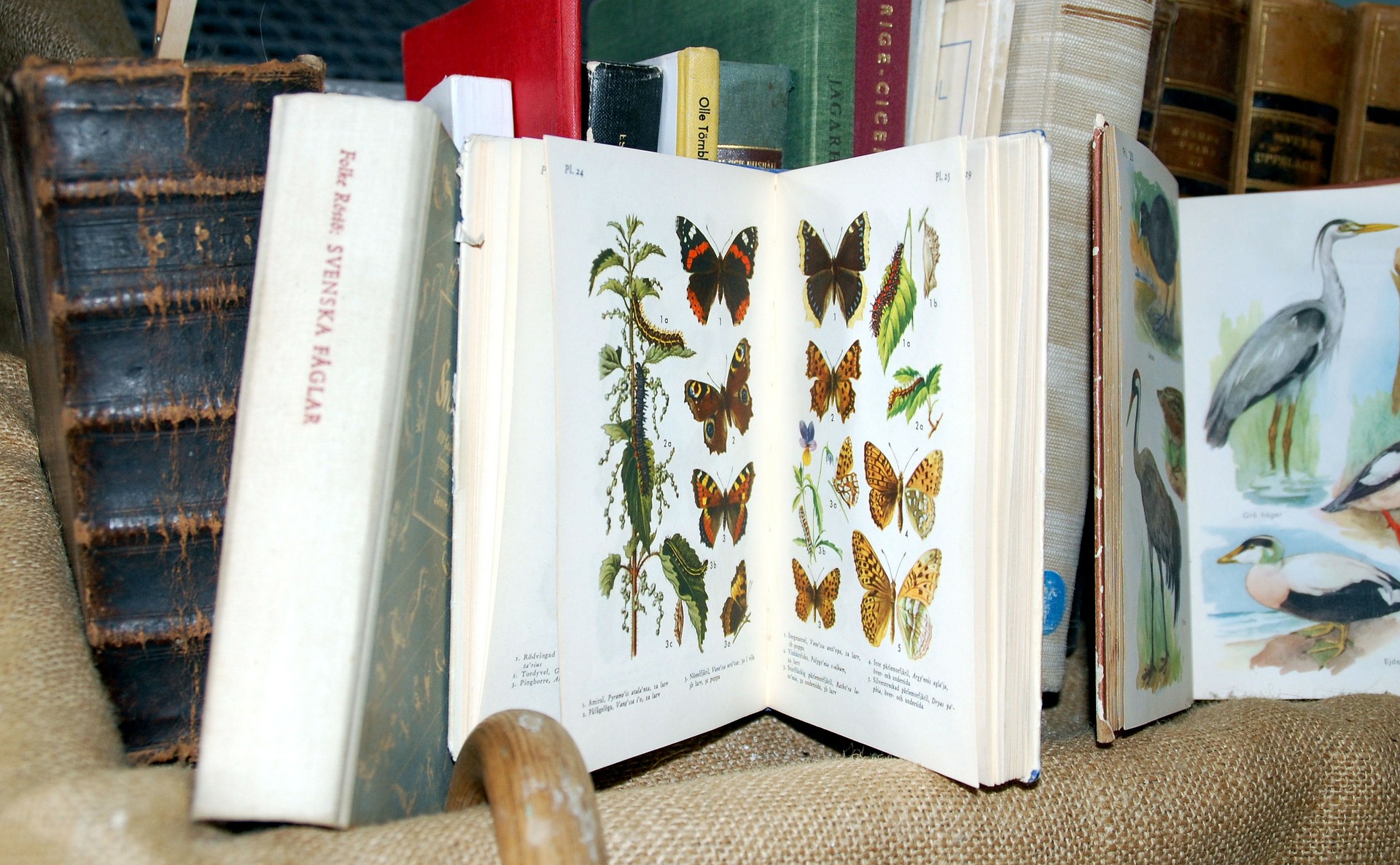
Identifying the plants that are in your surrounding is an excellent idea. To help you with that, you should always carry a Field Guide which has illustrations of every type of plant and wildlife. This way you will have an educational trip, that you, your family and friends will love.
If you have the opportunity to go with someone that knows the plants and will teach you then take the opportunity and learn about them, it will stand you in good stead.
2. Do not eat plants
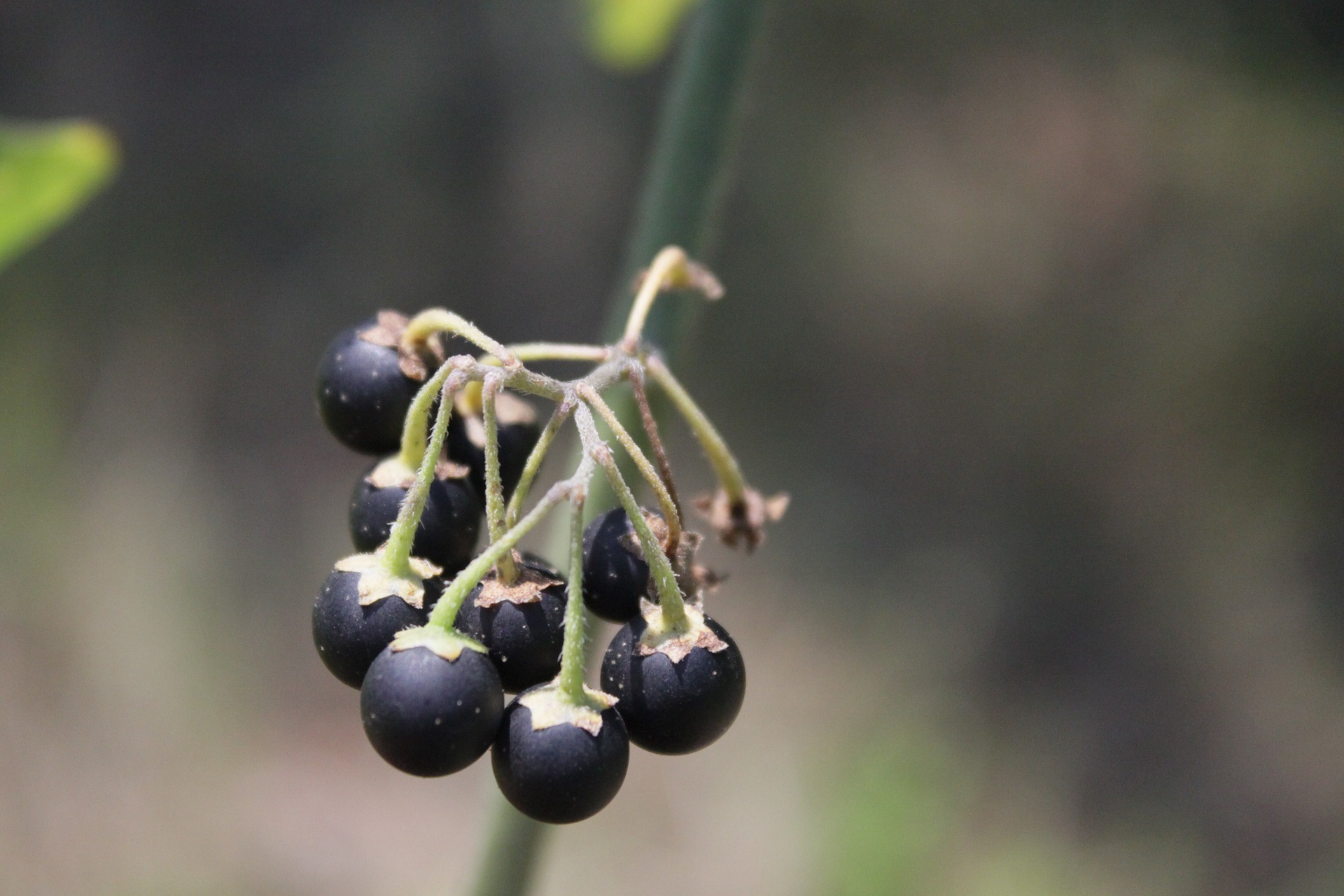
Whatever you do, do not pick and eat any plant, unless you know what it is you are at risk and could eat a potentially poisonous plant and harm yourself.
It is sometimes easy to confuse edible plants with look-alikes that are toxic and dangerous. For example, parsnip which is edible is very similar to poison hemlock which is highly toxic. Although everyone wants to pick and eat a fresh, natural berry, the best idea is not to eat anything that you come across.
3. Dress properly
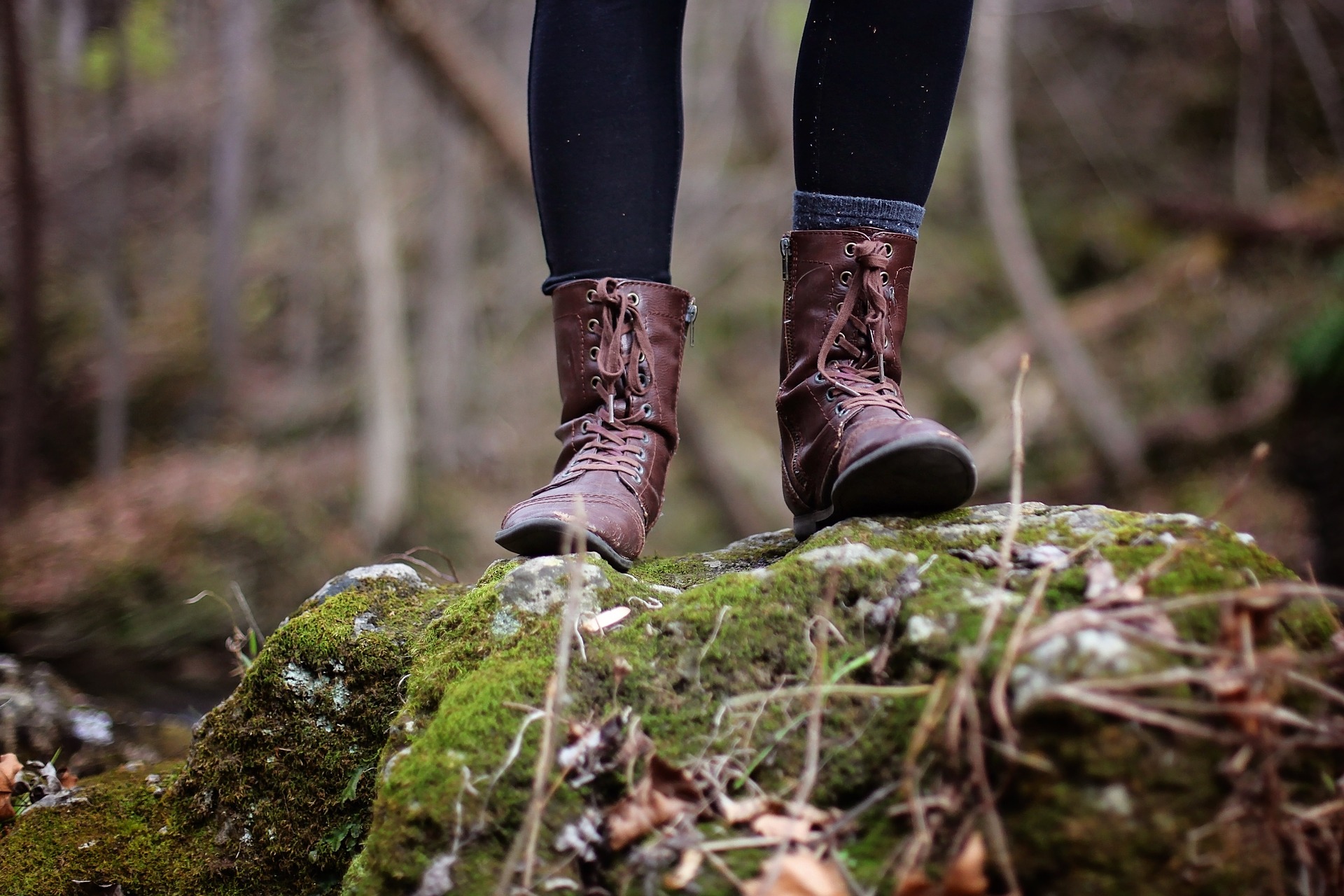
When you are hiking or generally out in the wilderness, it is recommended you wear pants and proper hiking shoes; this will prevent exposing your skin to poisonous plants. If you are dressed in shorts, make sure you pull your socks as high as you can to protect your legs. If you know that there are no plants to watch out for in the area, you can relax.
4. Clean hands
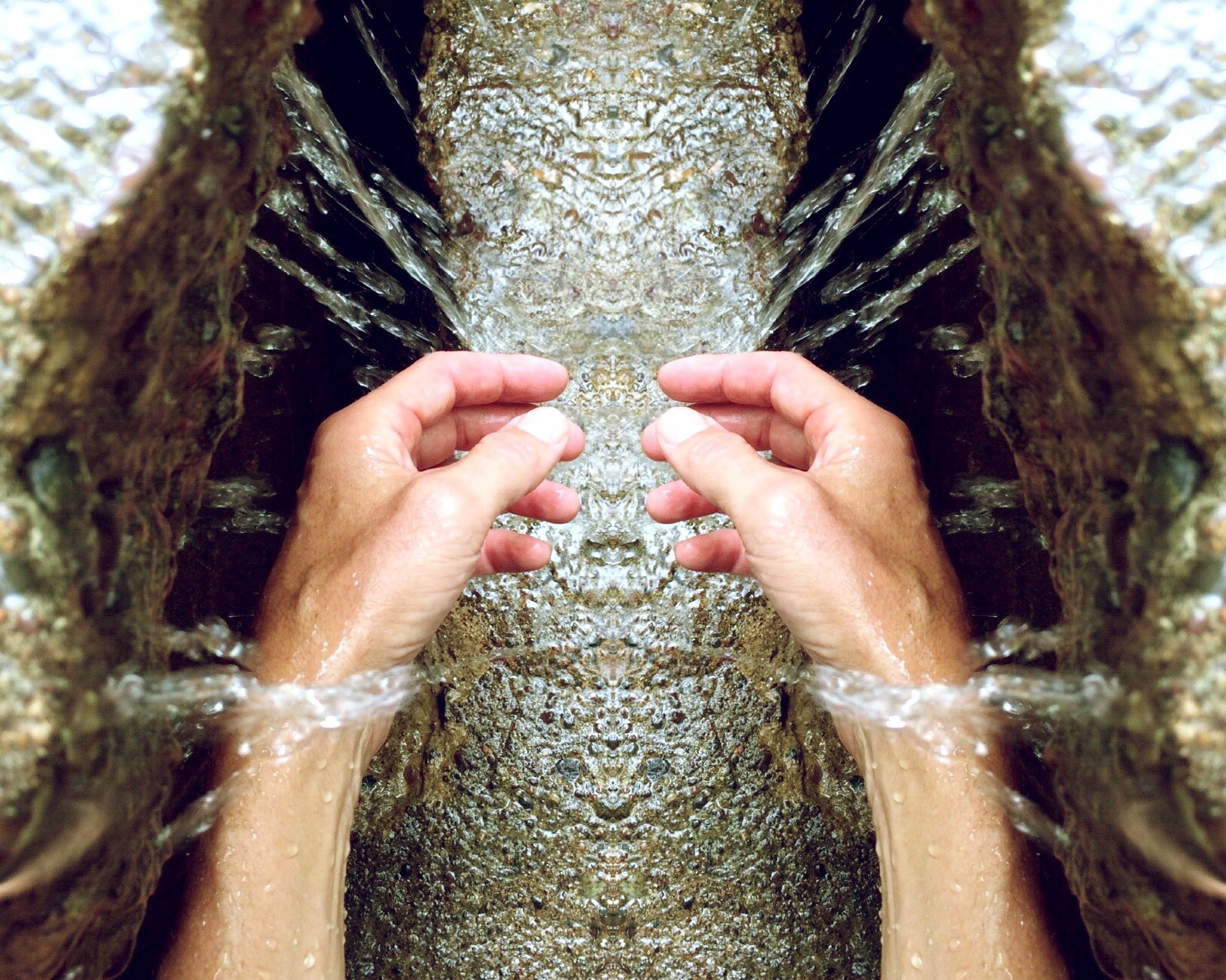
Make sure that you wash your hands as often as you can, especially after changing your clothes. This way you will prevent the poison from the plants spreading to other people and gear.
5. Clean clothes
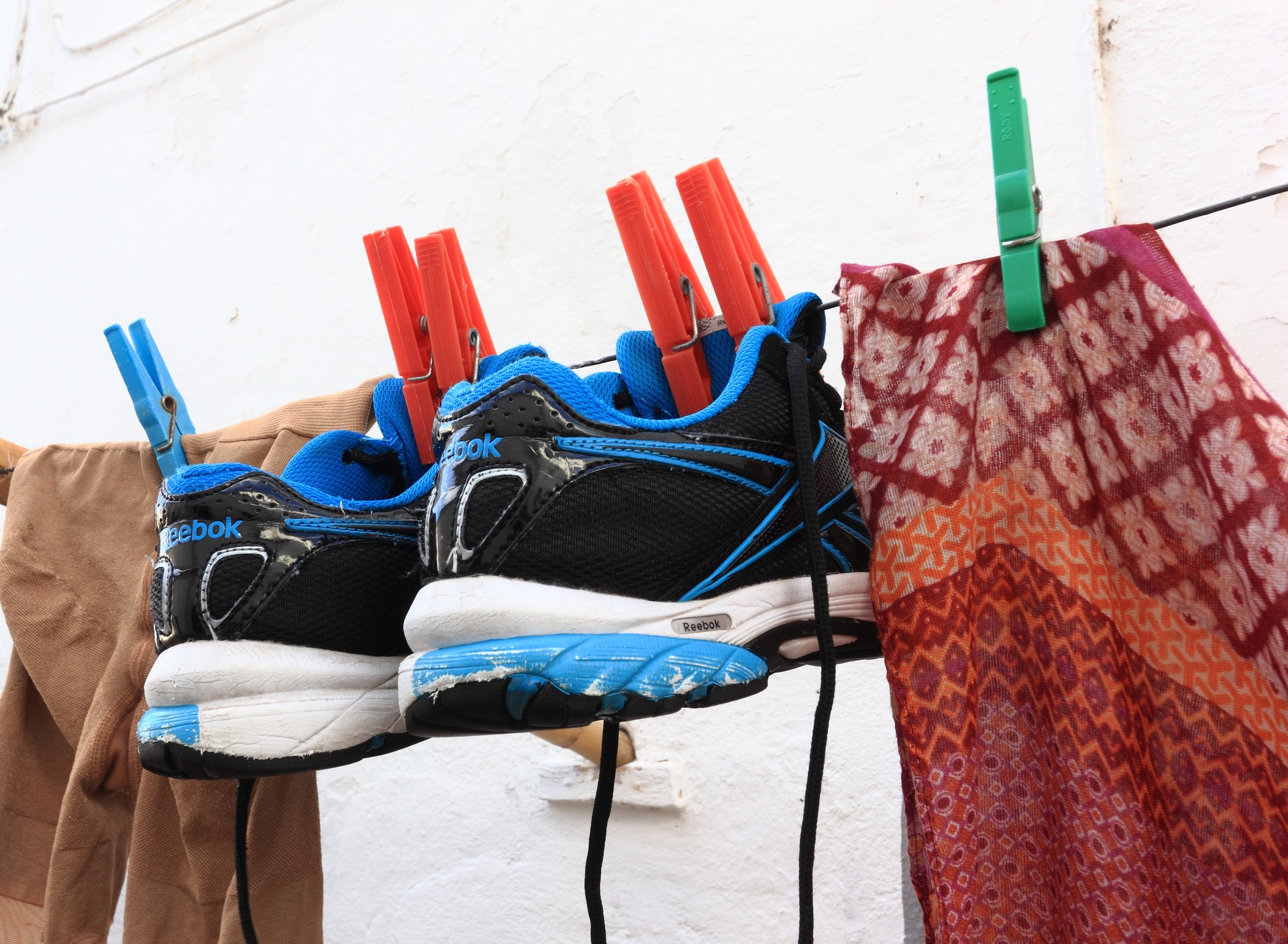
Every time you return home from hiking or camping trip, make sure you put your hiking clothes apart from your other clothes and keep them separate until you wash them up.
6. Clean pets
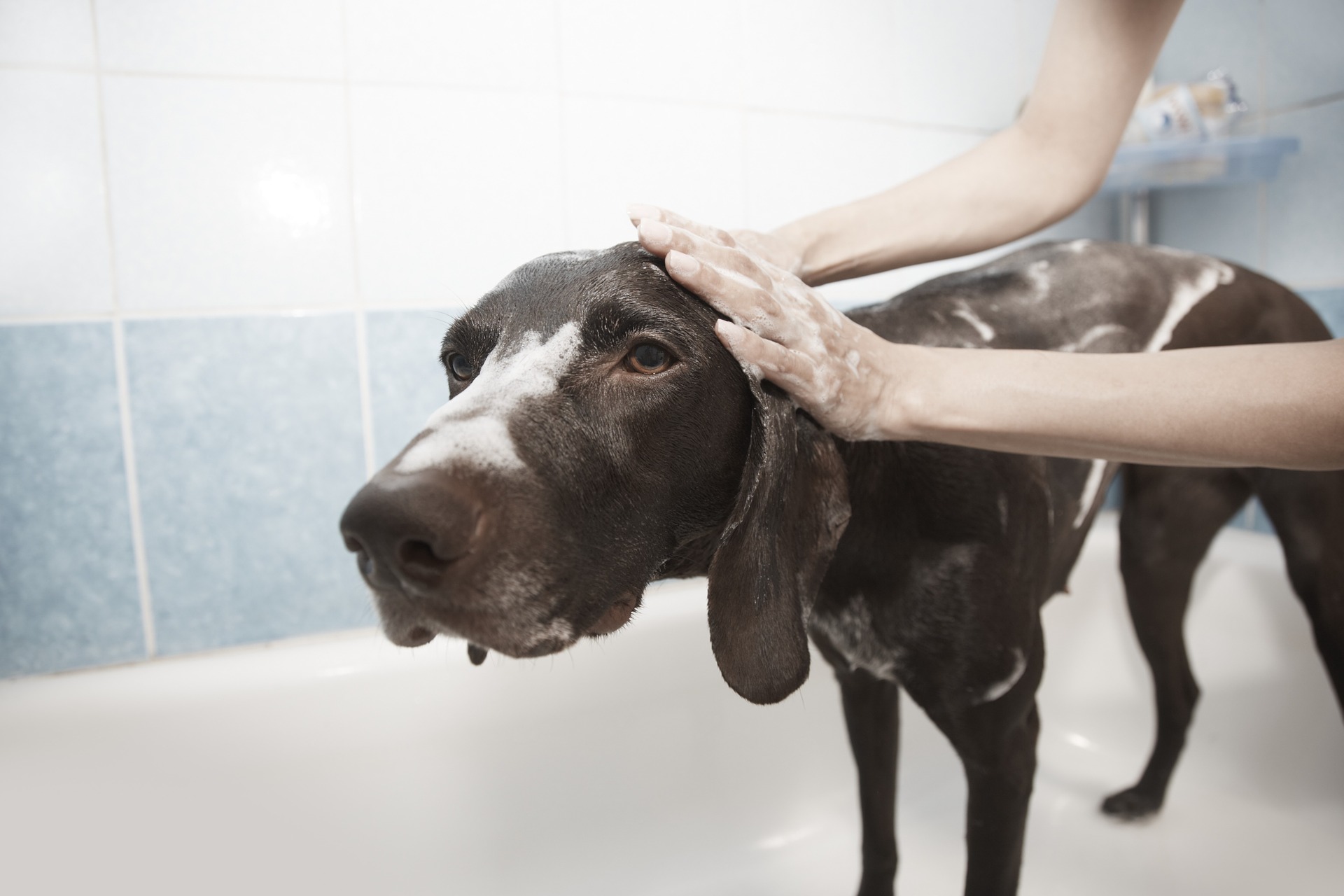
If you are going on a camping or hiking trip with your pets, make sure that you give them a good bath with soap and water after the trip.
Many times dogs and other animals do not get affected by the poison or the poisonous plants themselves, but they can transfer the toxic oil to you and people around you.
7. Tecnu
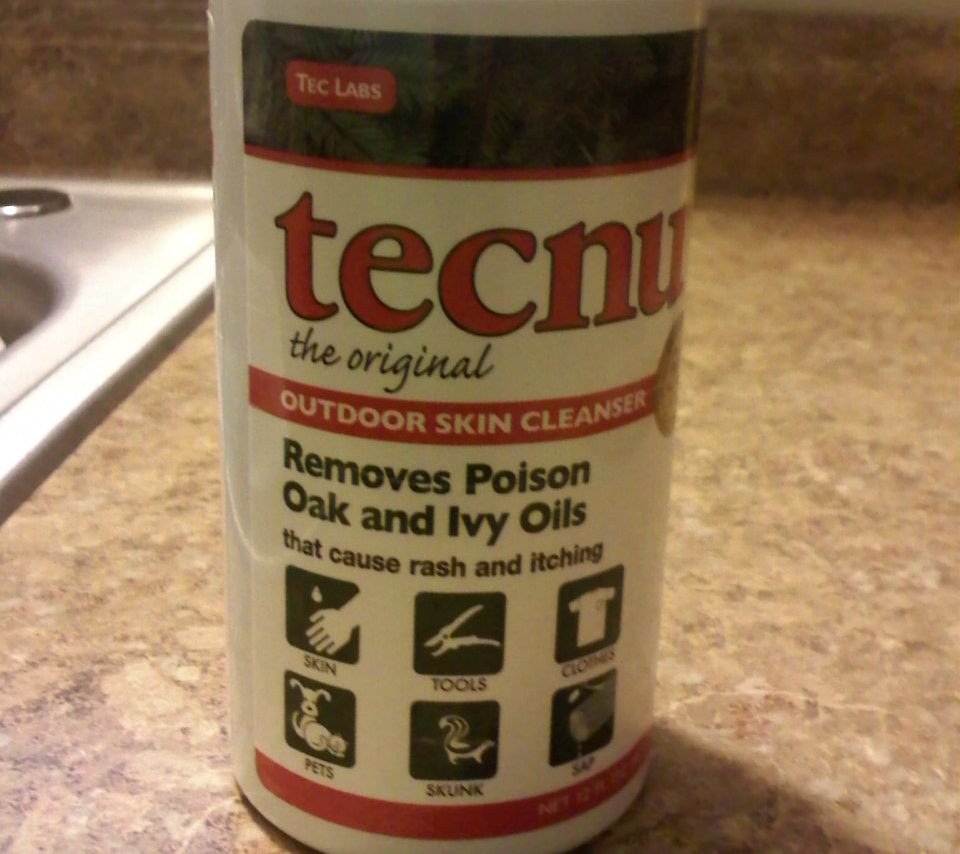
If you ever get exposed to a toxic plant, it is always good to have a bottle of Tecnu in your backpack to rub on your skin. Just apply Tecnu to dry skin, rub the spot for two minutes, and then wash it with cool water or wipe it off with a cloth, and you should be okay and without any rash.
In case you get in contact with a poisonous plant make sure you contact a medical help what will know how to treat the exposed area.
Follow this link to find out how to identify poisonous plants and treat the exposed area.
If you have any comments then please drop us a message on our Outdoor Revival Facebook page
If you have a good story to tell or blog let us know about it on our FB page, we’re also happy for article or review submissions, we’d love to hear from you.
We live in a beautiful world, get out there and enjoy it.
Outdoor Revival – Reconnecting us all with the Outdoor





